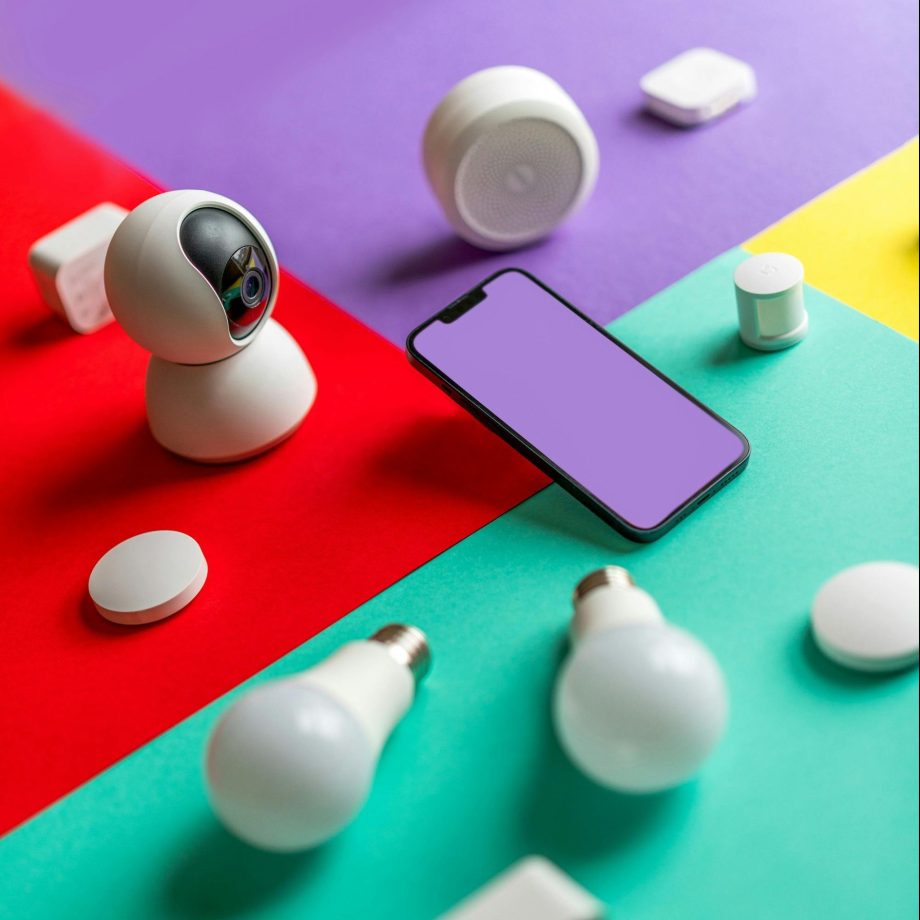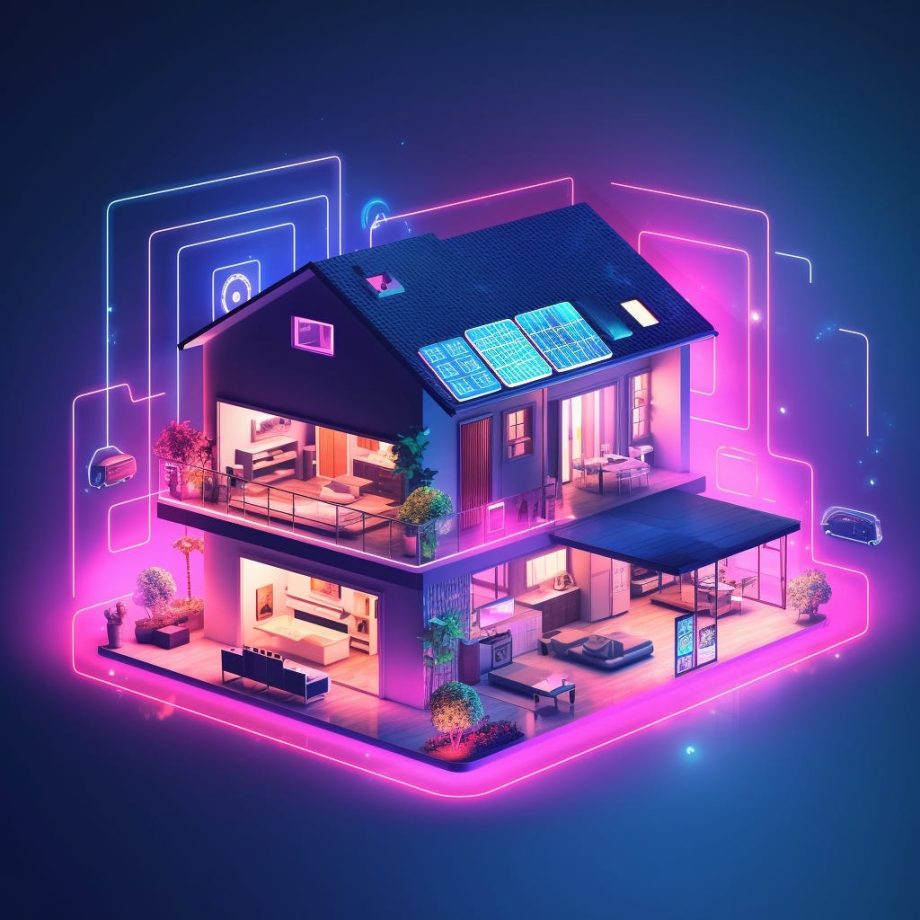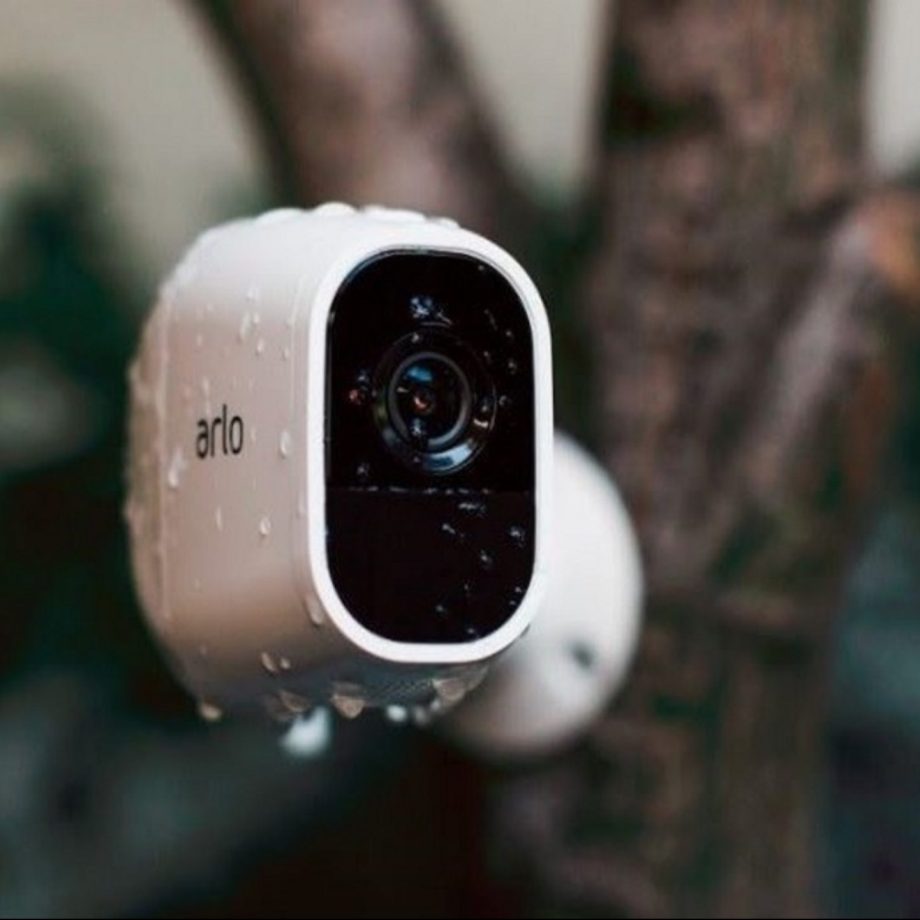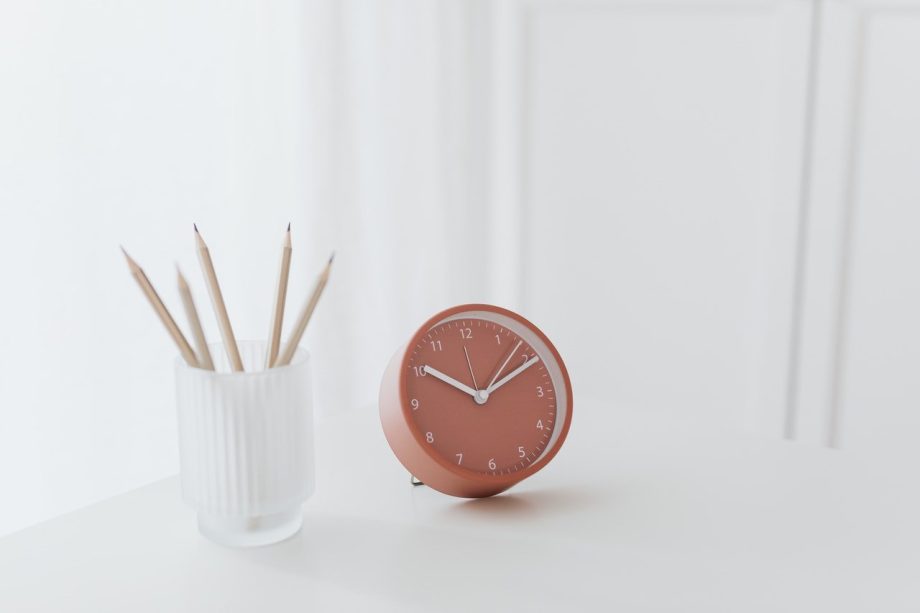Outline
- Introduction
- What is home automation?
- Benefits of home automation
- Importance of setting a budget
- Getting Started with Home Automation
- Identifying Your Home Automation Needs
- Prioritize Features Based on Budget
- Consider Your Technical Skills
- Essential Smart Devices for Budget Automation
- Smart Lighting Solutions
- Affordable Smart Bulbs and Light Strips
- Setting Up Automated Lighting Schedules
- Smart Plugs and Outlets
- Best Budget-Friendly Smart Plugs
- Automating Appliances with Smart Plugs
- Building a Smart Home Hub
- The Role of a Smart Home Hub
- Low-Cost Hub Options
- Alternatives to a Hub (Using Voice Assistants)
- Smart Security on a Budget
- Affordable Smart Cameras
- Features to Look for in Budget Cameras
- Integration with Other Smart Devices
- Smart Doorbells and Locks
- Budget Options for Smart Locks
- H3: How to Set Up a Secure Entry System
- Climate Control Automation
- Affordable Smart Thermostats
- Best Budget Smart Thermostats
- Setting Schedules to Save Energy
- Entertainment Automation
- Smart TVs and Streaming Devices
- Affordable Options for Smart Entertainment
- Automating Entertainment Routines
- Voice Assistants and Their Role in Automation
- Popular Voice Assistants
- Using Voice Assistants to Control Smart Devices
- Choosing the Best Assistant for Your Budget
- DIY Home Automation Projects
- Easy DIY Projects for Beginners
- Automating Curtains and Blinds
- DIY Smart Sensors for Windows and Doors
- Energy Efficiency and Automation
- Reducing Energy Consumption with Smart Devices
- Smart Plugs and Energy Monitoring
- Using Automation to Reduce Utility Bills
- Troubleshooting Common Issues
- Connectivity Problems
- Device Compatibility Issues
- How to Fix Automation Scheduling Errors
- Future-Proofing Your Automated Home
- Planning for Scalability
- Choosing Devices with Longevity
- Conclusion
- Recap of Benefits
- Encouragement to Start Small
- FAQs
- Is it possible to automate a home on a small budget?
- How much does a basic smart home setup cost?
- What are the cheapest smart home devices?
- Do I need a smart hub to automate my home?
- Can I automate my home without technical knowledge?
How to Create a Fully Automated Home on a Budget
Introduction
Home automation used to sound like a futuristic luxury, but these days, it’s not only possible, it’s affordable! With the right strategies and products, you can create a fully automated home without breaking the bank. Automation is all about making your life more convenient, secure, and efficient through the use of technology.
The benefits? Imagine controlling your lights, security, and even your thermostat with just your voice or smartphone! You can even save money in the long run by reducing energy consumption! But before you dive in, it’s important to set a budget to avoid overspending. Let’s explore how you can achieve this with cost-effective solutions.
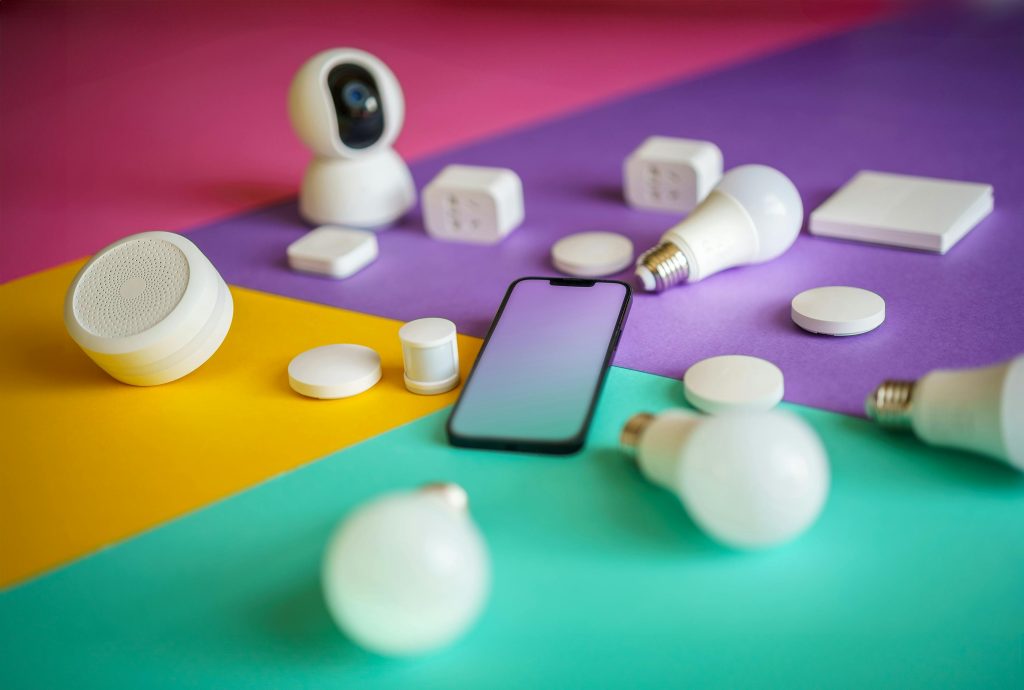
Getting Started with Home Automation
Identifying Your Home Automation Needs
First things first, you need to figure out what you want to automate. Do you want to control your lighting, secure your home, or maybe keep an eye on your energy usage? Each of these areas has different costs, so it’s essential to prioritize based on your budget and needs.
Prioritize Features Based on Budget
If you’re working with a tight budget, focus on high-impact devices like smart plugs and lighting before moving to more advanced features like smart security systems or automated entertainment setups.
Consider Your Technical Skills
While many smart devices are easy to set up, others might require a bit of tech know-how. Stick with beginner-friendly products if you’re new to automation or consider hiring help for more complex systems.

Essential Smart Devices for Budget Automation
Smart Lighting Solutions
Lighting is one of the simplest and most impactful areas to automate. It’s easy to set up, and smart bulbs are often very affordable.
Affordable Smart Bulbs and Light Strips
There are plenty of budget-friendly smart bulbs like what we have in YOHO shop. These bulbs can be controlled via an app and scheduled to turn on or off at specific times, helping you save energy. Also the solar lights are the best solutions for energy saving and automation.
check YOHO shop for such products! click here.
Setting Up Automated Lighting Schedules
Setting your lights to turn off when you leave the house or dim at night not only enhances convenience but also cuts down on electricity costs.
Smart Plugs and Outlets
Smart plugs allow you to control any appliance plugged into them, making them perfect for automating smaller devices like fans, lamps, or even your coffee maker.
Best Budget-Friendly Smart Plugs
Brands like Kasa and Gosund offer excellent, affordable smart plugs. These plugs connect to your home’s Wi-Fi and can be controlled via an app or voice assistant.
Automating Appliances with Smart Plugs
Imagine automating your morning coffee or turning off your TV after you’ve fallen asleep! Smart plugs let you control your non-smart appliances and make them part of your automated system.
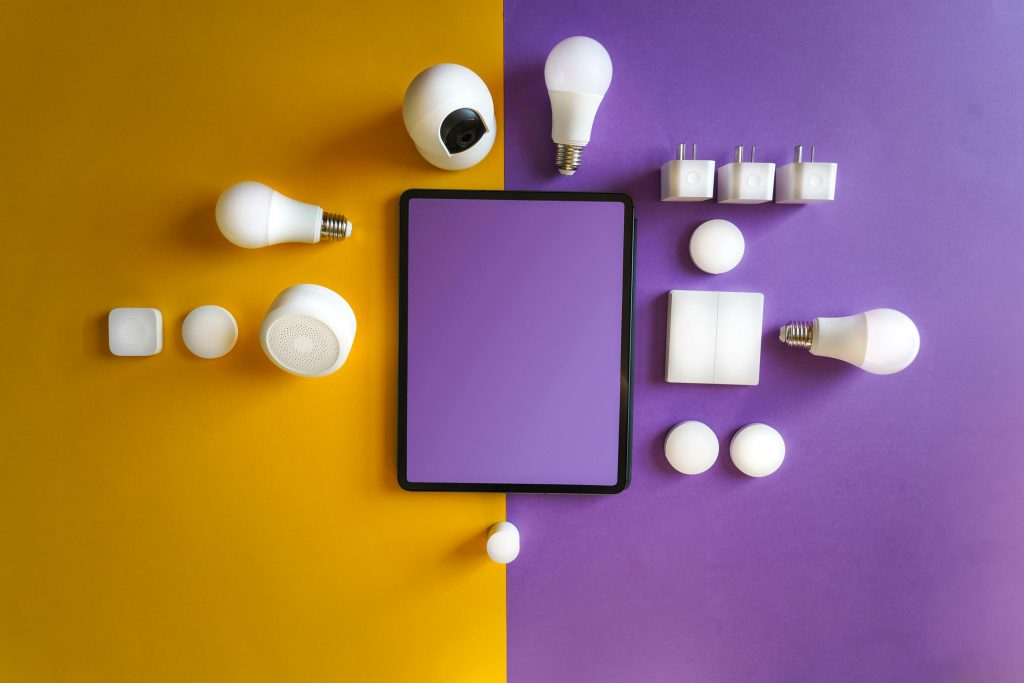
Building a Smart Home Hub
The Role of a Smart Home Hub
A smart home hub is a central device that connects all your smart gadgets. It allows them to communicate with one another, streamlining your automation.
Low-Cost Hub Options
If you’re on a budget, consider hubs like Amazon Echo or Google Nest, which double as voice assistants and hubs. These are cost-effective solutions that bring everything together.
Alternatives to a Hub (Using Voice Assistants)
If you don’t want to invest in a dedicated hub, you can also control your devices through voice assistants like Amazon Alexa or Google Assistant. They offer similar functionalities for free!

Smart Security on a Budget
Affordable Smart Cameras
Security is a top priority, and fortunately, you don’t need to spend a fortune to get peace of mind. Budget-friendly cameras, like the Wyze Cam, offer motion detection and cloud storage at a low cost.
Features to Look for in Budget Cameras
Make sure your camera offers night vision, two-way audio, and cloud storage. These features ensure you’re getting the most value for your money.
Integration with Other Smart Devices
Choose cameras that integrate with your other smart devices, so you can create a seamless security system, such as triggering lights when motion is detected.
Smart Doorbells and Locks
Smart doorbells and locks enhance home security without the need for major changes to your door. These devices allow you to monitor who’s at the door and lock or unlock remotely.
Budget Options for Smart Locks
Affordable options like the Wyze Lock allow for keyless entry, automatic locking, and integration with other smart devices.
How to Set Up a Secure Entry System
With a smart lock and doorbell camera, you can automate your front door to enhance both convenience and security. You can even receive alerts on your phone if someone is at the door!

Climate Control Automation
Affordable Smart Thermostats
Smart thermostats are another excellent way to automate and save money. Many models, like the Google Nest Thermostat, are affordable and can help reduce energy bills.
Best Budget Smart Thermostats
The Amazon Smart Thermostat is a budget-friendly option that learns your habits and adjusts temperatures accordingly to save energy.
Setting Schedules to Save Energy
You can automate your thermostat to lower the temperature when you’re away from home, saving on heating and cooling costs.
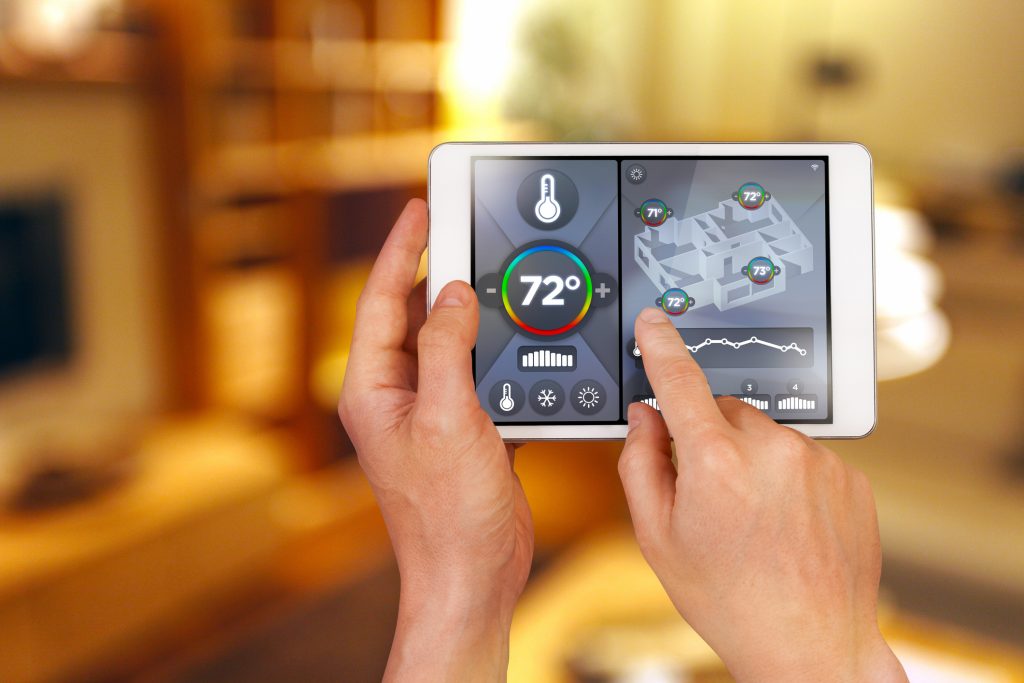
Entertainment Automation
Smart TVs and Streaming Devices
Automating your entertainment setup can be both fun and practical. You can control your TV, music, and streaming devices with voice commands.
Affordable Options for Smart Entertainment
Devices like Roku and Fire Stick provide affordable ways to turn your regular TV into a smart one, giving you access to streaming services and apps.
Automating Entertainment Routines
You can create automation routines for entertainment, like turning on your TV and dimming the lights when you start a movie.

Voice Assistants and Their Role in Automation
Popular Voice Assistants
Voice assistants like Amazon Alexa, Google Assistant, and Apple’s Siri are key players in home automation. They can control almost any smart device you install.
Using Voice Assistants to Control Smart Devices
With a simple voice command, you can adjust lights, control appliances, or even lock your doors, making home management a breeze.
Choosing the Best Assistant for Your Budget
Google Assistant and Alexa are generally the most budget-friendly options, with plenty of compatibility across devices.
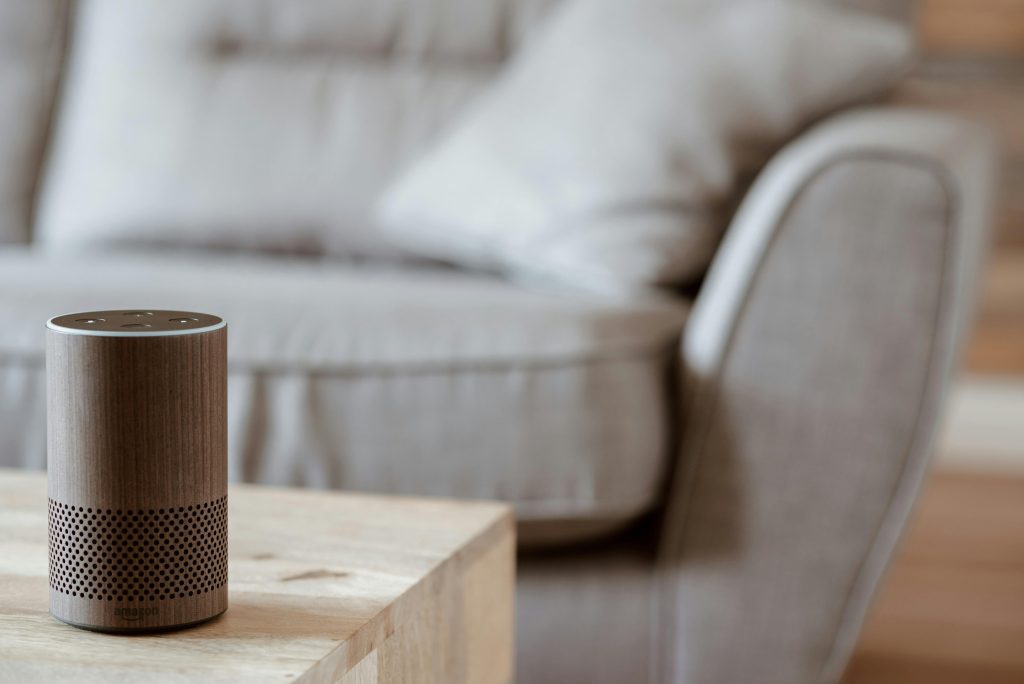
DIY Home Automation Projects
Easy DIY Projects for Beginners
If you’re handy, there are plenty of DIY home automation projects that don’t require a professional installer. These projects often cost less and provide a fun way to learn.
Automating Curtains and Blinds
Using simple kits, you can automate your curtains or blinds to open in the morning or close at night—perfect for controlling light levels and privacy.
DIY Smart Sensors for Windows and Doors
You can also add affordable smart sensors to your windows and doors, providing alerts when they’re opened, which adds an extra layer of security.
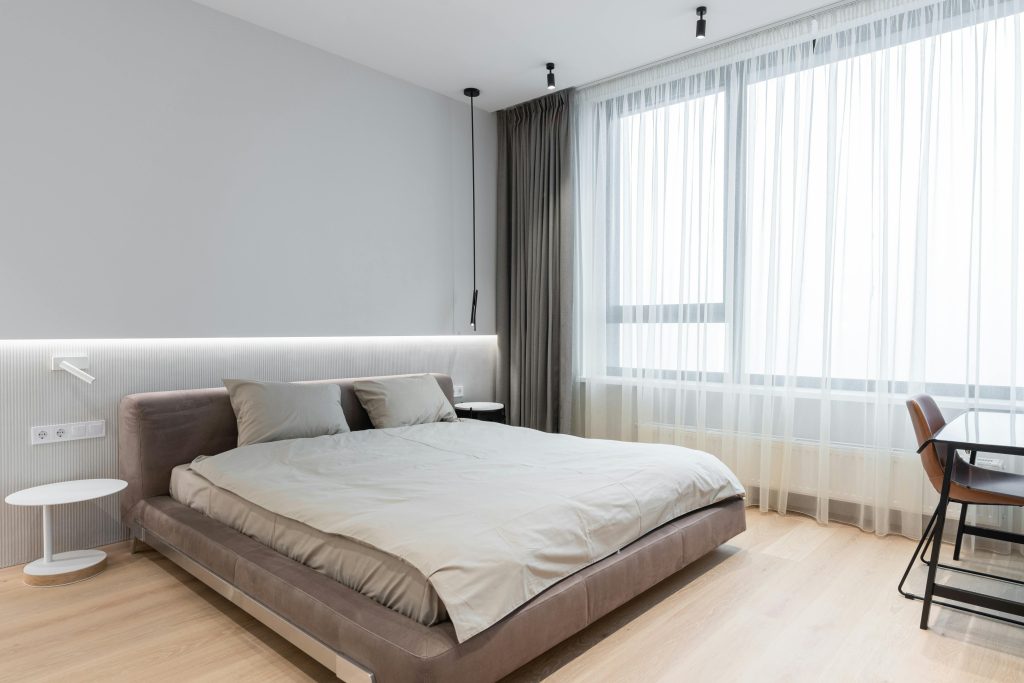
Energy Efficiency and Automation
Reducing Energy Consumption with Smart Devices
Smart devices can help you reduce your energy consumption, especially when paired with automation schedules that turn off devices when not in use.
Smart Plugs and Energy Monitoring
Many smart plugs offer energy monitoring features, allowing you to track how much energy each device uses and find ways to save.
Using Automation to Reduce Utility Bills
By automating lights, appliances, and your thermostat, you can significantly reduce your utility bills while making your home more eco-friendly.
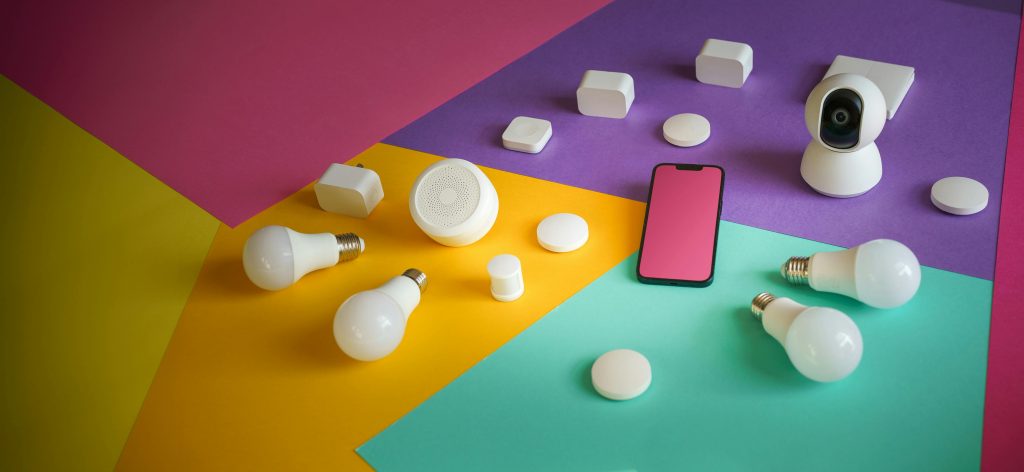
Troubleshooting Common Issues
Connectivity Problems
Sometimes smart devices lose their connection to Wi-Fi, causing automation to fail. Resetting your devices or checking your router can often solve the problem.
Device Compatibility Issues
Make sure all the devices you choose are compatible with one another. Sticking to one brand or ensuring they support common platforms like Alexa or Google Assistant helps avoid issues.
How to Fix Automation Scheduling Errors
If your schedules aren’t working properly, double-check the settings in your app. A simple fix, like adjusting the time zone or ensuring your phone’s location services are on, may solve the problem.
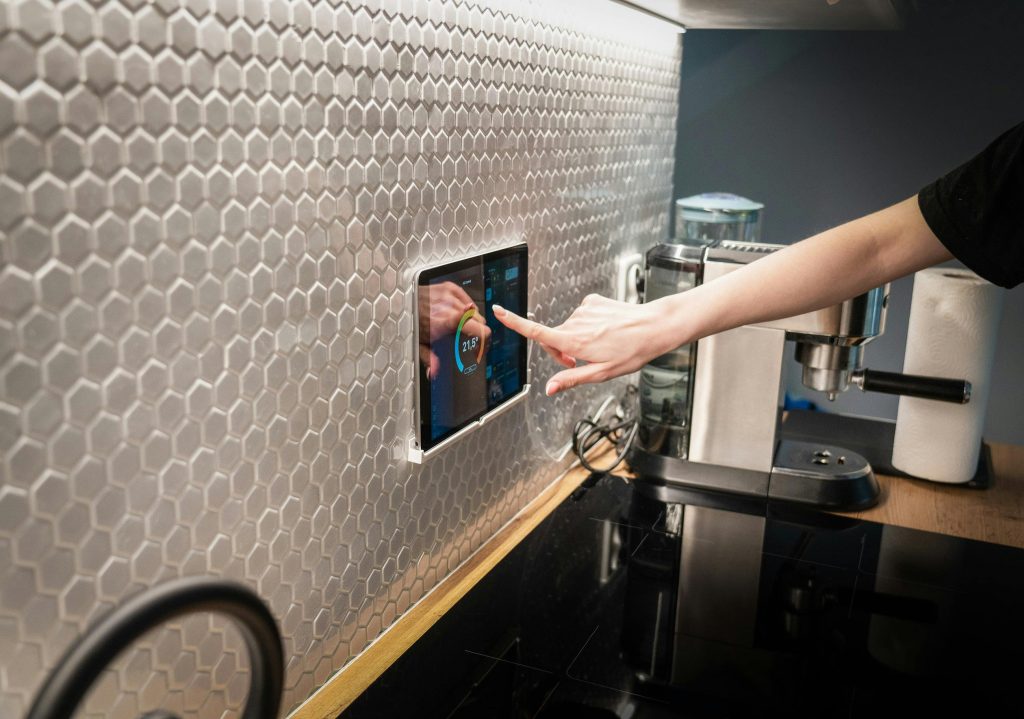
Future-Proofing Your Automated Home
Planning for Scalability
As you expand your home automation, it’s important to choose devices and systems that can grow with you. Look for products that are part of larger ecosystems, so adding new devices later is easy.
Choosing Devices with Longevity
Invest in devices from reputable brands with a history of providing software updates and support to ensure they stay functional for years to come.
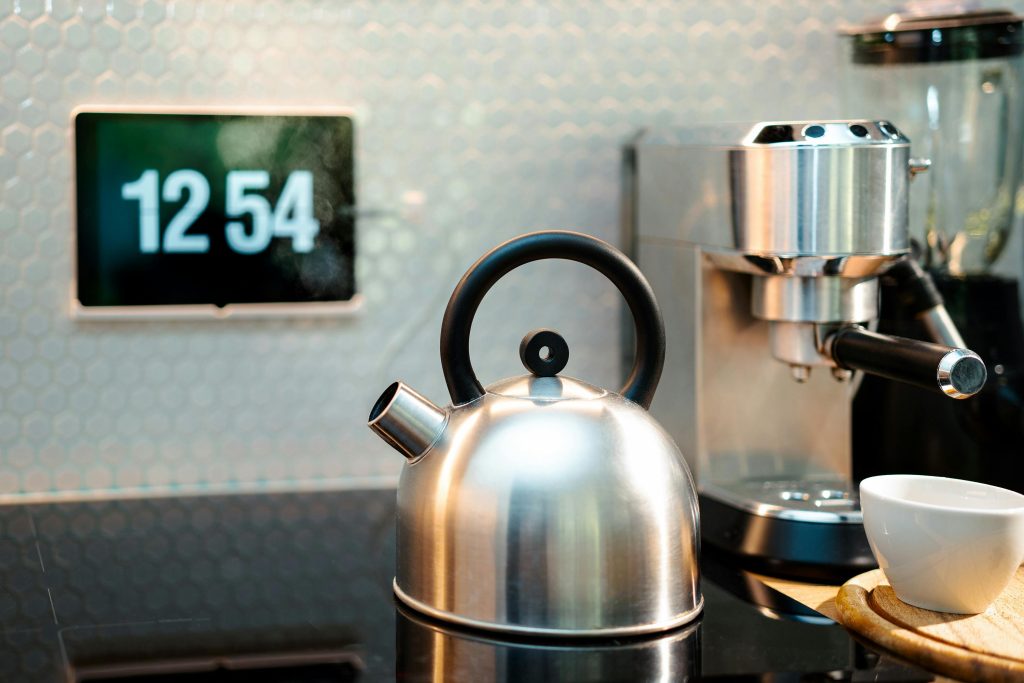
Conclusion
Creating a fully automated home on a budget is not only possible but also incredibly rewarding. By starting with affordable devices like smart bulbs and plugs, you can slowly build up your system over time. Remember, you don’t need to automate everything all at once! Focus on what will give you the most convenience and savings, and expand from there. With the right approach, you’ll be enjoying a smarter, more efficient home in no time.
FAQs
Is it possible to automate a home on a small budget?
Yes! By focusing on affordable devices like smart plugs, bulbs, and cameras, you can automate many aspects of your home without spending a fortune.
How much does a basic smart home setup cost?
A basic setup can cost anywhere from $100 to $300, depending on the number and type of devices you choose to start with.
What are the cheapest smart home devices?
Smart plugs, smart bulbs, and basic security cameras are some of the most affordable devices to begin automating your home.
You can find the best and cheapest smart home devices in YOHO shop. click here to discover!
Do I need a smart hub to automate my home?
Not necessarily. Many devices can be controlled through voice assistants like Alexa or Google Assistant without needing a hub.
Can I automate my home without technical knowledge?
Absolutely! Many smart devices are designed for beginners and come with easy-to-follow instructions for setup and use.

